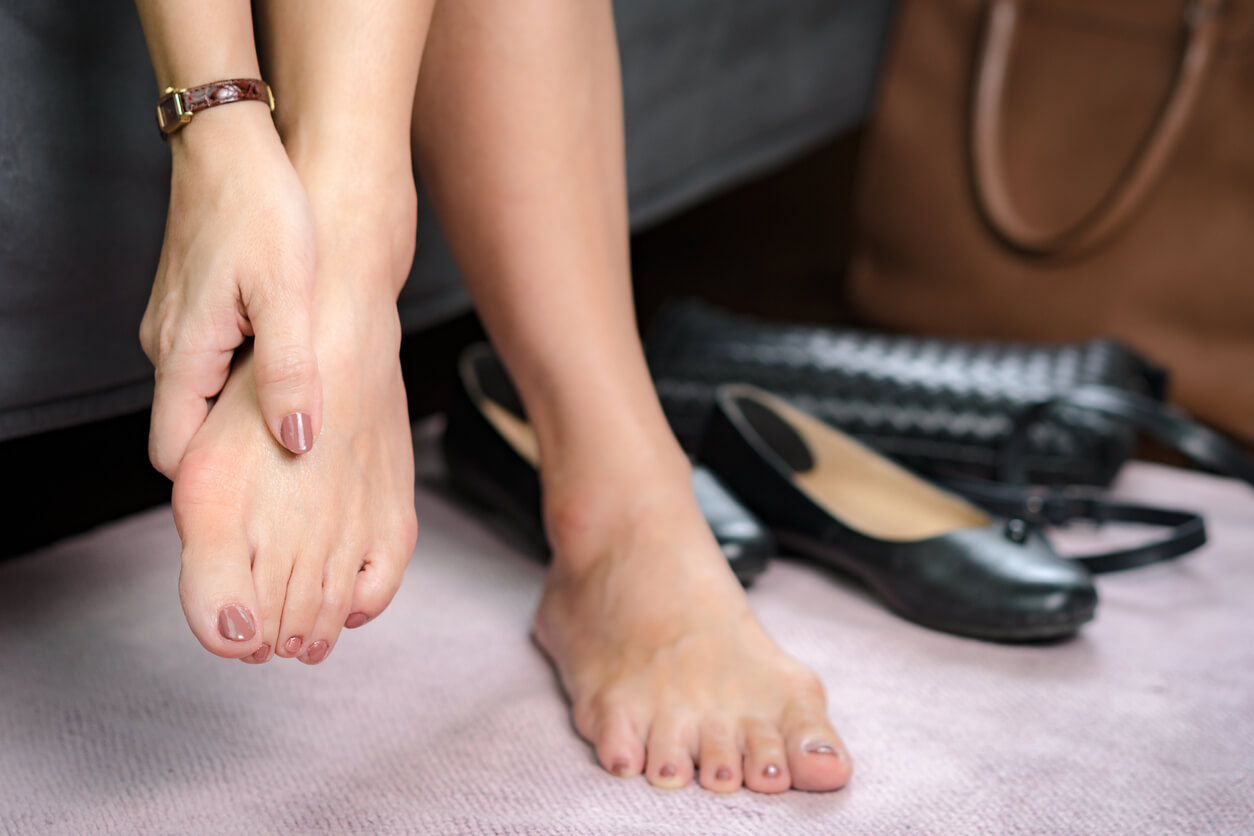What are some of the most common types of foot procedures being performed today?
Let’s face it, when your feet hurt, it’s hard to truly focus on whatever else may be going on around you. If the cause of your discomfort is the fact that you just had to have those new shoes, even if they don’t exactly fit, then the pain is temporary and has an easy fix. For problems that are structural and can’t be fixed by simply changing shoes, it may be time to make an appointment with an orthopedist.
Common Foot Surgery Procedures
The list of procedures that have been developed to correct the many conditions that affect the feet is long. Three of the most common of these procedures are:
Bunion correction– everyone is familiar with the bony lump that sticks out on the side of the foot, right at the base of the big toe. Whether it’s from your own personal experience or from family or friends, you are undoubtedly aware that these protrusions not only look unattractive, they can be very painful.
If caught early, conservative treatment like icing, pads, better-fitting shoes and orthotics may be sufficient. Once bunions reach a certain point, however, they can pull the other toes on that foot out of alignment and surgery may be recommended. Bunion removal surgery will correct the alignment and repair damage to surrounding tissue.
Hammertoe correction – named because of the abnormal bend that develops resembling a hammer, hammertoe is typically found in the second toe, although, less frequently, it can occur in the number three and number four toes. There are various possible causes, including heredity, aging, poor shoe choice, trauma and medical conditions like arthritis, diabetes and stroke.
There are two types of hammertoes: flexible and rigid. If the toe is still in the flexible stage, it can be treated with non-surgical methods, like properly-fitted shoes, taping, shoe inserts and strengthening exercises. Once the condition has reached the rigid stage, surgery is likely to be recommended. Hammertoe correction surgery removes bone from the toe joint, which allows it to, once again, straighten. This may also be accomplished using a metal pin or by relaxing the pressure in the supporting tendon.
Neuroma excision – if you have ever felt like you had a sharp rock under the ball of your foot every time you took a step, you are already familiar with Morton’s neuroma. Named after a Civil War surgeon, Morton’s neuroma is a painful condition involving swollen tissue surrounding the digital nerve that runs through the forefoot. When pressure is placed on the neuroma, it can result in symptoms such as, sharp or severe pain, numbness, tingling or the feeling of an electric shock in the foot.
Once present, Morton’s neuroma will not go away on its own. Conservative methods to manage the discomfort include wearing shoes with a wider width, inserts, pads and orthotics, as well as rest, icing and anti-inflammatory medications. If these are not successful, a neuroma excision may be recommended. Your orthopedic surgeon will excise the portion of the nerve causing the problem. This will eliminate the pain and other symptoms, but there will be some loss of feeling in the toes nearest the location of the excision.
If you have questions about any foot or ankle concerns, Dr. Christopher Hubbard is a board-certified Orthopedic Surgeon with Ortho-Care Wayne in Passaic County New Jersey and is the former Chief of the Foot and Ankle Service at Mount Sinai Beth Israel in NYC.
To schedule an appointment, or if you just have questions, please use our convenient online contact form by clicking here.
